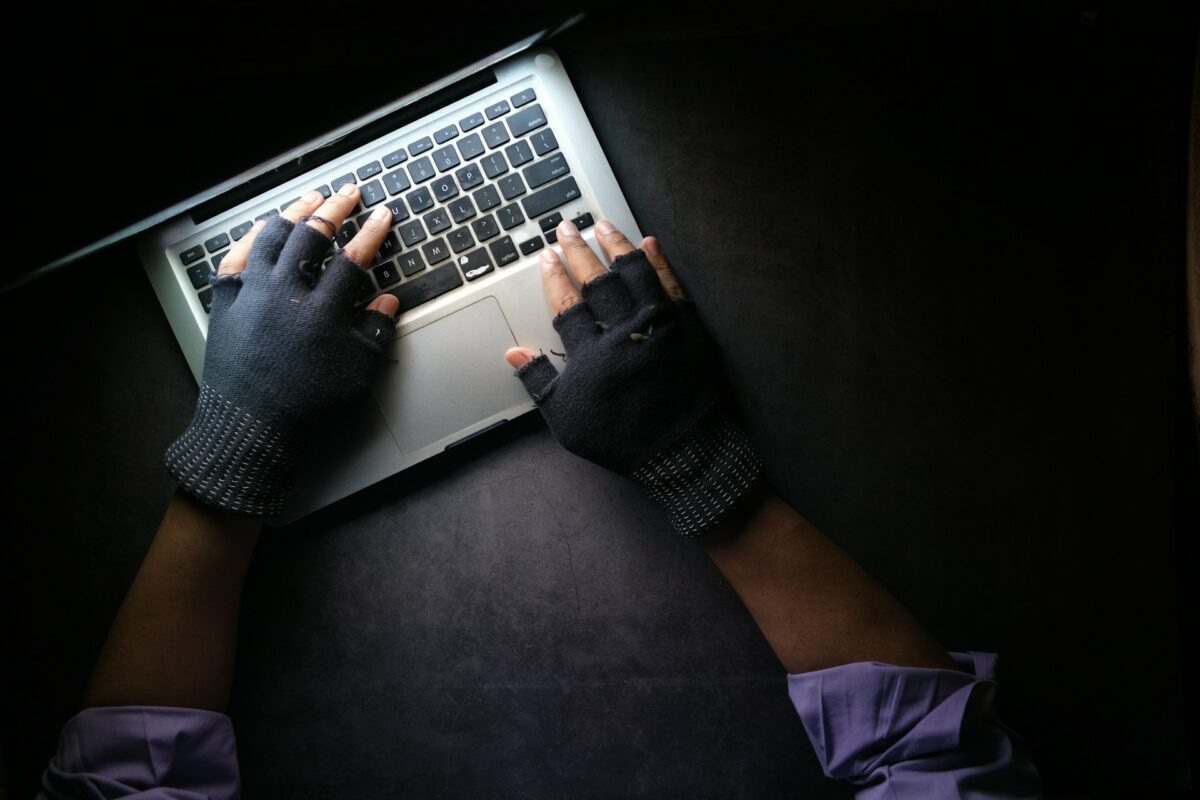Artificial Intelligence in Filmmaking: The Arise of Scripts and Actors Generated by AI
Once upon a time, the process of filmmaking was a laborious and laboriously human skill. Directors would guide performers under bright lights, writers would lock themselves in isolated rooms to refine speech, and animators would draw frame by frame by hand. Artificial intelligence, on the other hand, has marked the beginning of a new kind of storyteller in the 21st century. AI is no longer only a tool behind the scenes; rather, it is becoming a creative force in its own right, as shown by the fact that it is now capable of co-writing scripts and generating lifelike digital actors.
In this moment, we find ourselves on the verge of a revolution in the film industry. a scenario in which texts are produced by algorithms, the main characters are completely made up, and the boundary between the actual world and the virtual world grows more hazy with each passing frame. However, is this the beginning of an exciting new era, or is it the gradual decline of human artistic ability?
Artificial Intelligence as a Scriptwriter: From Patterns to Plotlines
Writing scripts was considered an art form for many decades, and it was characterized by intuition, life experience, and taking creative risks. Currently, as a result of the proliferation of big language models, robots are also learning how to engage in narratives.
The framework of a strong tale, including character arcs, three-act pacing, and emotional beats, may already be learned by artificial intelligence via the analysis of hundreds of scripts. Using a simple suggestion like as “a romantic comedy in space” or “a suspense thriller set in a post-apocalyptic jungle,” software applications such as ChatGPT, Sudowrite, and Jasper are able to generate whole narrative ideas, character profiles, and even full-length manuscripts in a matter of minutes.
In order to speed up the creative process without necessarily replacing themselves, writers are employing artificial intelligence for the invention of ideas, the refinement of dialogue, and the development of plotting. But there are filmmakers who are pushing the limits even farther by allowing artificial intelligence to take the lead, which results in screenplays that are fully manufactured by machines. There are some of these attempts that are embarrassing or even hilarious. It is remarkable how coherent some of them are. There are a handful that are eerily brilliant.
In spite of this, there is a reason why we feel a stronger connection to tales that are authored by people that are imperfect, messy, and emotionally real. AI may be able to understand structure, but can it genuinely understand the human heart?
The rise of virtual performers leads to the emergence of the digital actor.
There was a time when the creation of convincing digital characters needed enormous teams of animators and visual effects specialists. AI has advanced to the point that it can now clone faces, sounds, and actions with astounding accuracy and a scary ease.
Through the use of deep learning techniques like as DeepFaceLab, Synthesia, and Reface, filmmakers are able to create artificial actors who have the appearance and voice of actual individuals, even those who have passed away. Artificial intelligence has the ability to construct a synthetic performance that resembles the facial emotions, timing, and voice tone of an actor using only a few minutes of film.
In some instances, this is used for the greater good, such as the completion of sequences following the death of an actress (as was the case with Carrie Fisher in Star Wars). On the other hand, studios are increasingly investigating the possibility of using totally synthetic actors, who are characters that have never lived, people who do not need rest or royalties, and people who can be “cast” again and again with only a few lines of code.
This brings up some very important ethical considerations. In the event that studios are able to just hire a digital duplicate, what happens to genuine actors? After a person’s death, who is the owner of their likeness? Do you think that viewers would be able to have an emotional connection to a performance that, at its foundation, was never human?
A New Form of Collaboration among Directors, Editors, and Artificial Intelligence
AI is also finding its way into the technical aspects of the filmmaking process. The ability to automatically edit raw video, improve lighting and color grading, eliminate background noise, and even synthesis voiceovers is now feasible thanks to the availability of tools. By using artificial intelligence, a single independent filmmaker is now able to accomplish achievements that formerly needed a complete team.
Apps that are driven by artificial intelligence are able to provide suggestions on camera angles, identify continuity faults, and provide assistance with scene transitions that are in line with the tempo and mood of the scene. This makes the post-production process more efficient, intelligent, and accurate than it was before.
A number of filmmakers have begun to refer to artificial intelligence as a “creative assistant,” which is a piece of software that is relentless, unendingly patient, and able to do hundreds of edits in a matter of minutes. In spite of this, the filmmaker is still the one who has the fundamental creative vision. In the meantime, at least.
Regarding the Ethical and Emotional Conundrum
Every new invention brings up a new level of anxiety. On the one hand, artificial intelligence provides an unparalleled degree of accessibility, making it possible for films to be produced by indie filmmakers with little financial resources. On the other hand, technology poses a risk of displacing or watering down human innovation, particularly in sectors that are already under considerable financial hardship.
When an actor’s image may be leased for an indefinite period of time, even after they have passed away, what does this imply? When their work is utilized to teach artificial intelligence without giving them credit or money, what rights do authors have? Is it possible that we might become less concerned if we were unable to determine whether or not a performance was genuine?
One must also take into consideration the emotional depth that human narrative has. Artificial intelligence may be able to imitate tone or style, but can it convey emotions such as sadness, pleasure, irony, or quiet in the same way that a human writer or performer does? Film is a language that conveys feelings. Subtleties and the unpredictability are where it resides. Also, it is not yet entirely obvious if computers are capable of speaking that soul dialect in its entirety.
Films that combine human and artificial intelligence are the future.
Many industry professionals are of the opinion that the future of artificial intelligence in filmmaking is not about replacing humans but rather about working together. The writing, directing, and performing will still be done by human artists. However, artificial intelligence will play the role of a co-pilot, boosting ideas, contributing to the filling of gaps, lowering expenses, and opening up creative possibilities that were before unattainable.
Imagine living in a world where you could see a screenplay before it was filmed, construct complete settings in a matter of minutes, or translate your independent film into numerous languages while ensuring that the voiceovers were emotionally correct. Artificial intelligence will not eradicate cinema; rather, it may extend it in exciting and unexpected ways.
Transparency, ethical precautions, and a profound regard for the distinctively human aspect in storytelling will be the most important factors throughout this process. Because the tales that mirror our own humanity back at us will always be the ones that are the most compelling, regardless of how advanced the technology develops.
Observations to Conclude: The Camera Is Not the Only Thing That Is Watching
As artificial intelligence gains a firmer foothold in the core of the film industry, we find ourselves in an odd and intriguing situation. For the very first time in human history, it is possible that our movies will be written, performed, and edited by computers who never sleep, never feel, and never dream.
On the other hand, we, the audience, do. We have feelings. We do not forget. Our need for tales that move us, that challenge us, and that help us view the world in new ways is insatiable. If artificial intelligence can assist in telling such tales more effectively, then more power to it. On the other hand, if AI ever completely replaces the storyteller, we could end up losing the very element that gives films their significance.
We should keep our tools intelligent, but our tales should be human.









